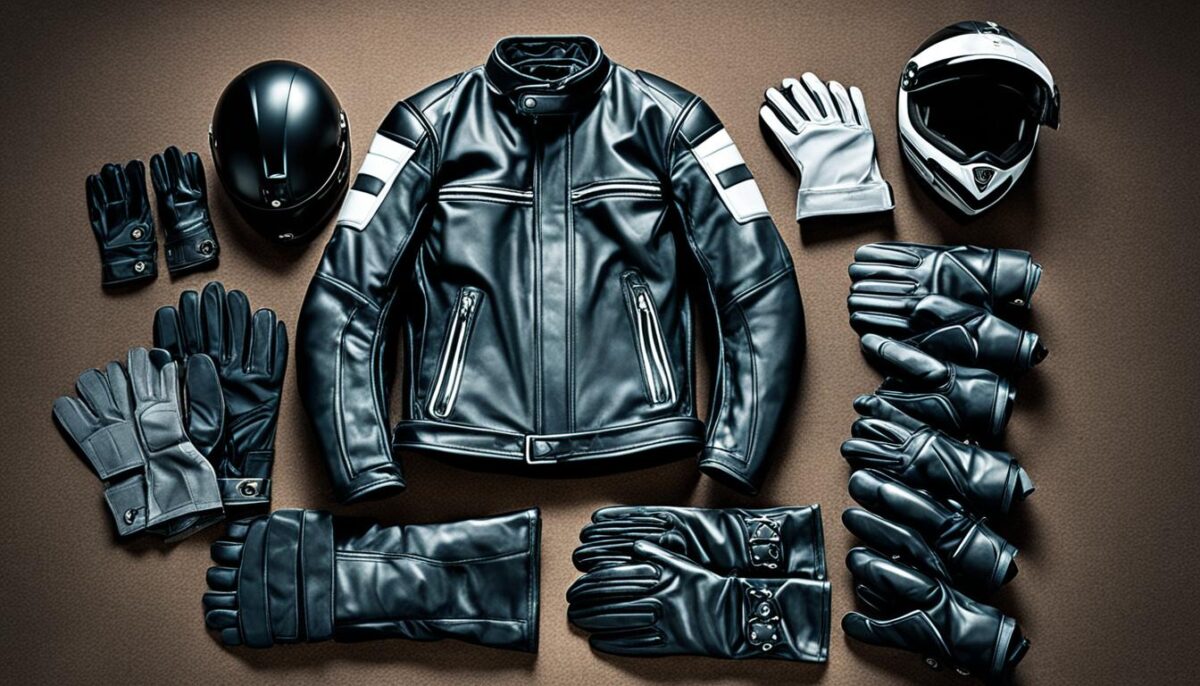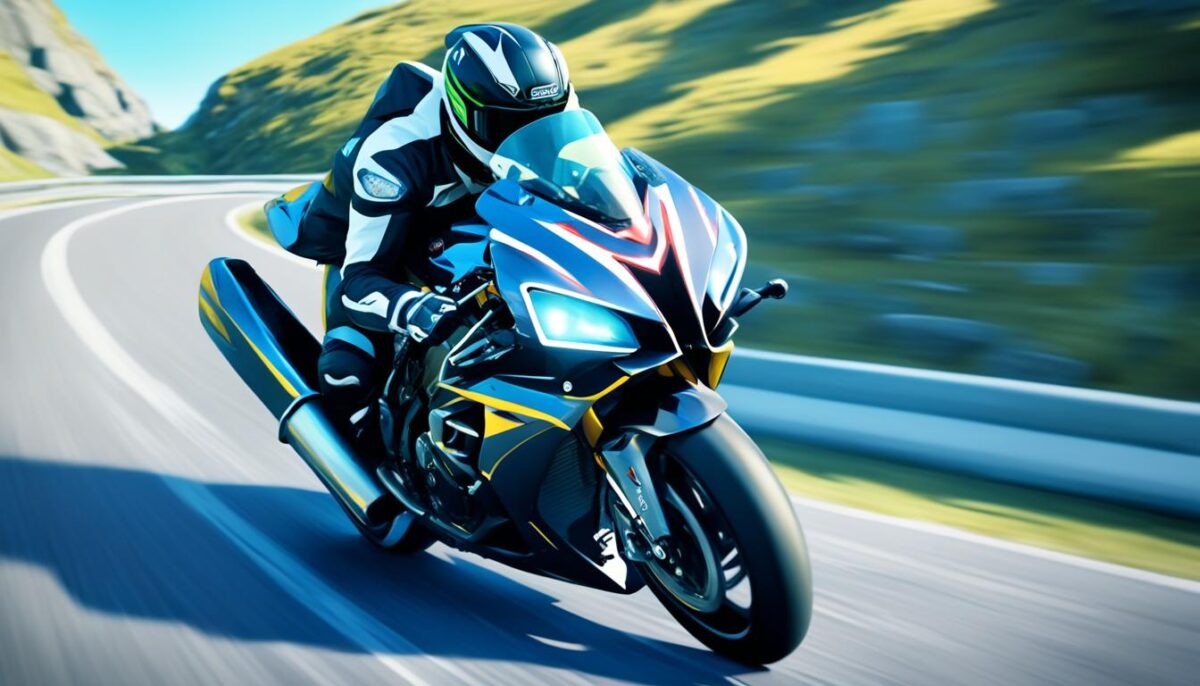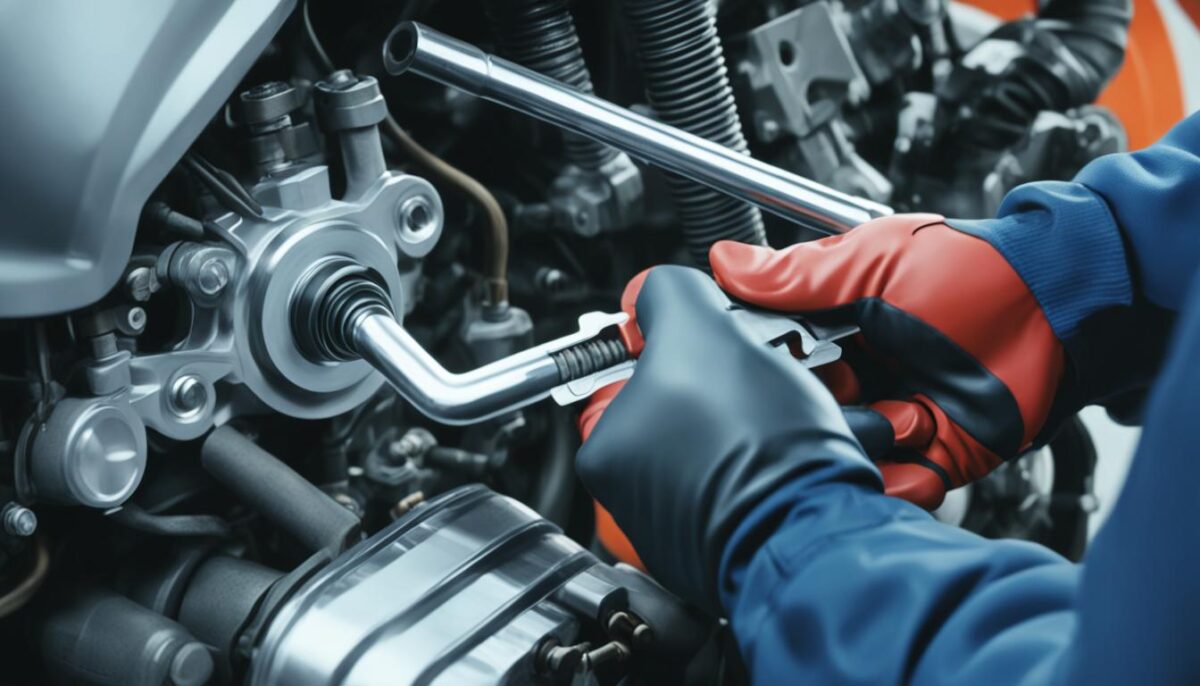As motorcycle riders, we understand that safety is paramount on the road. In this article, we’ll discuss essential motorcycle safety tips and riding safety guidelines that can make a significant difference in our overall experience. Each ride should be enjoyable, but by prioritizing biker safety information, we can transform our journeys into safer adventures.
Numerous studies highlight the necessity for effective motorcycle gear and protective clothing to mitigate risks. By engaging with reliable resources like the Motorcycle Safety Foundation (MSF), we equip ourselves with the knowledge necessary to navigate hazards and embrace road safety for riders. Together, we can foster a culture of preparedness, ensuring our rides are not only thrilling but also secure.
Understanding the Importance of Motorcycle Riding Safety
Understanding the importance of motorcycle riding safety starts with acknowledging the risks we face on the road. The data reveals sobering insights into motorcycle accident statistics that remind us of the need for vigilance. We must address not only the numbers but also the real dangers associated with our passion for riding.
Statistics That Highlight the Need for Safety
Recent motorcycle safety statistics clearly show that riding comes with significant risks. For instance, motorcyclists represent a disproportionate number of fatalities in accidents. In a year, the National Highway Traffic Safety Administration reported that over 5,400 riders lost their lives in crashes. This figure underscores the importance of taking proactive measures to enhance our safety. Awareness of biker accident risks can empower us to make informed decisions on our rides.
Common Risks Faced by Motorcyclists
The risks of motorcycle riding extend beyond high accident rates. Factors such as lack of visibility, adverse weather conditions, and driver negligence contribute to dangerous situations. Motorists often fail to notice motorcycles on the road, increasing the likelihood of collisions. Additionally, riding under the influence of alcohol or drugs can impair our judgment, making it critical to prioritize responsible riding practices.
Being aware of these threats allows us to develop strategies to mitigate such risks effectively. Emphasizing awareness and education can lead to safer riding experiences for all motorcyclists.
Essential Gear for Motorcycle Riding Safety
When we hit the open road, prioritizing our safety is essential. Wearing the right gear significantly reduces the risk of injury during rides. Let’s delve into the must-have equipment that enhances our protection and overall riding experience.
Helmets: Choosing the Right One
Motorcycle helmets are the frontline defense against head injuries. Selecting a helmet that meets DOT (Department of Transportation) standards is crucial. Factors like fit and comfort play a vital role in our riding experience. Features such as ventilation and face shields can further enhance usability while ensuring safety. By opting for quality motorcycle helmets, we make a commitment to our safety while enjoying the ride.
Protective Clothing and Its Benefits
Wearing protective riding gear is just as important as a helmet. Jackets, pants, gloves, and boots specifically designed for motorcyclists provide a layer of defense against abrasions and impact. Materials such as Kevlar and leather not only offer durability but also contribute to comfort during rides. Investing in motorcycle apparel safety ensures we are well-protected from various road hazards while staying stylish on our journeys.
Visibility Gear: Standing Out on the Road
Visibility gear for bikers plays a pivotal role in ensuring we are seen by other road users. Bright colors, reflective elements, and additional lights enhance our visibility, especially during low-light conditions. By incorporating such gear into our riding ensemble, we increase our chances of being noticed, which ultimately enhances our safety on the road.
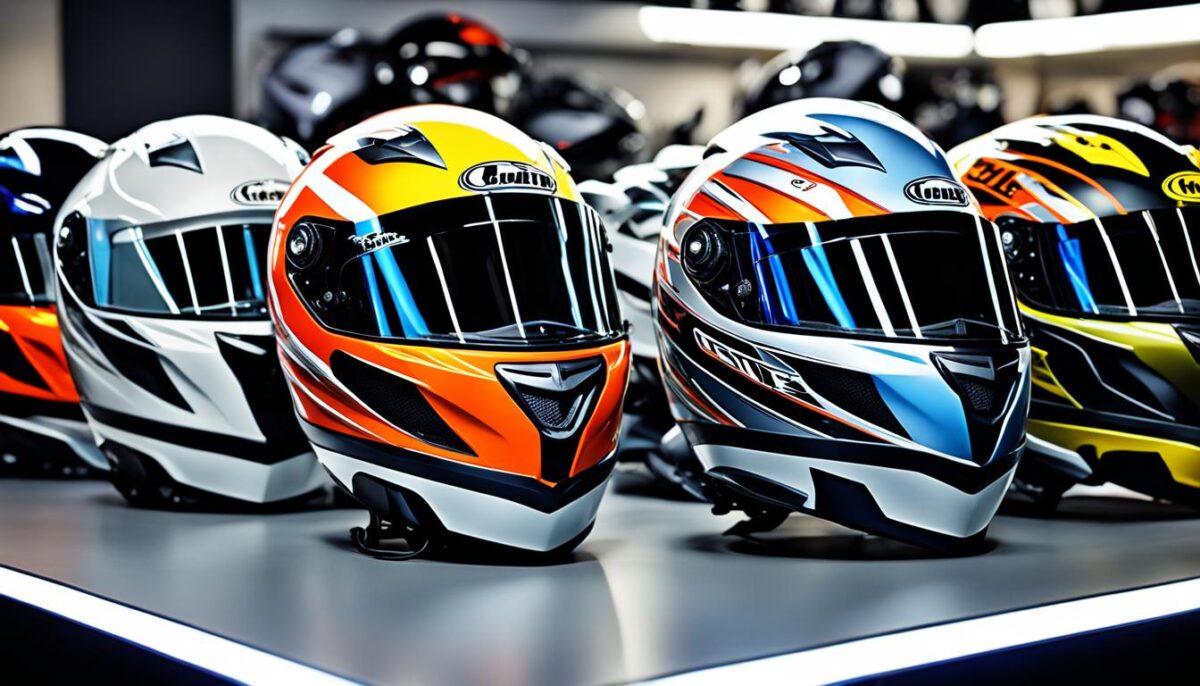
| Gear Type | Key Features | Safety Benefits |
|---|---|---|
| Motorcycle Helmets | DOT compliant, customizable fit, face shield | Protects head from impact, increases visibility |
| Protective Clothing | Durable materials like Kevlar, comfortable fit | Reduces abrasion injuries, provides insulation |
| Visibility Gear | High visibility colors, reflective strips | Enhances visibility in low light, reduces accident risk |
Motorcycle Riding Safety: Best Practices for Every Rider
To enhance our motorcycle riding safety, we must adopt best practices that not only protect us but also improve our overall riding experience. By engaging in defensive riding practices, we can be more aware of our surroundings and respond effectively to various challenges on the road. Let’s explore some key strategies that every rider should consider.
Defensive Riding Techniques
Defensive riding emphasizes the importance of vigilance and preparation. By anticipating potential dangers, we can maintain a safe distance from other vehicles and mitigate risks effectively. Key defensive riding techniques include:
- Always scanning the environment for potential hazards.
- Using mirrors frequently to stay aware of surrounding traffic.
- Maintaining a safe following distance from the vehicle in front of us.
- Being prepared for sudden stops or lane changes by other drivers.
- Utilizing turn signals well in advance of lane changes or turns.
The Importance of Regular Maintenance
Regular motorcycle maintenance is crucial for ensuring our bikes are in optimal condition. Following motorcycle maintenance tips can prevent breakdowns and accidents while extending the life of our bike. Essential maintenance tasks include:
- Checking tire pressure and tread regularly.
- Changing the oil according to the manufacturer’s recommendations.
- Inspecting brake pads and fluid levels frequently.
- Cleaning and lubricating the chain regularly.
- Ensuring headlights, taillights, and turn signals are functional.
Understanding Road Conditions and Hazards
Road hazard awareness for bikers plays a significant role in our safety. Being informed about different road conditions helps us adapt our riding technique accordingly. It’s essential to be aware of:
- Weather conditions, such as rain or snow that can affect grip.
- Road surfaces, including potholes, gravel, or debris.
- Traffic patterns that may indicate potential danger zones.
- Construction zones, which can alter usual road layouts.
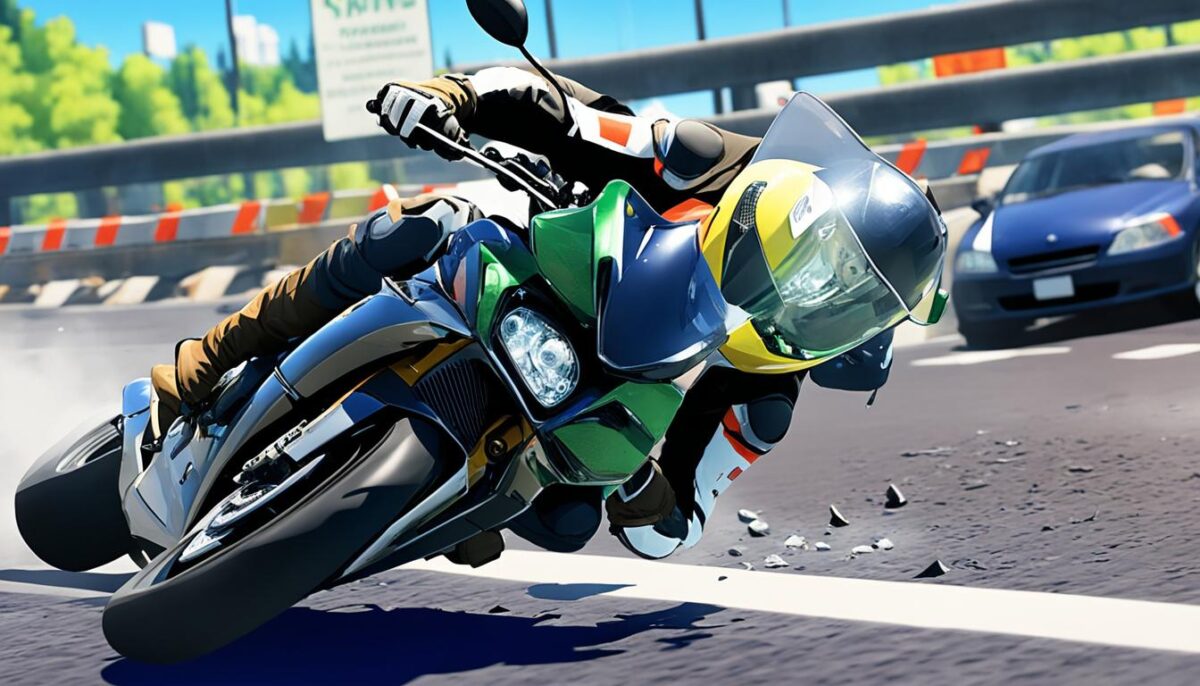
Implementing these best practices can significantly enhance our riding safety. By focusing on defensive riding techniques, adhering to motorcycle maintenance tips, and staying aware of road conditions, we can enjoy our rides with greater confidence and security.
Preparing for Your Ride: A Safety Checklist
Before we hit the open road, it’s crucial that we engage in a thorough motorcycle safety checklist. This includes evaluating our own physical and emotional state, ensuring we feel alert and ready for the journey ahead. A clear mind and steady hands are just as important as the condition of our bike when it comes to ensuring our safety.
Next, conducting a pre-ride inspection for bikers is essential. We should check our motorcycle’s brakes, lights, tires, and fluid levels, ensuring that everything is in top shape. This inspection is not just a formality; it can be the difference between a safe journey and an unexpected incident. Remember, taking the time to familiarize ourselves with our bike can prevent potential problems later on.
Finally, let’s not forget the value of ride preparation safety tips. Before we embark on our adventure, we should plan our route, be aware of the weather conditions, and let someone know our whereabouts. By following these steps, we enhance our chances of a safe and enjoyable ride, making the most of every mile we cover.

